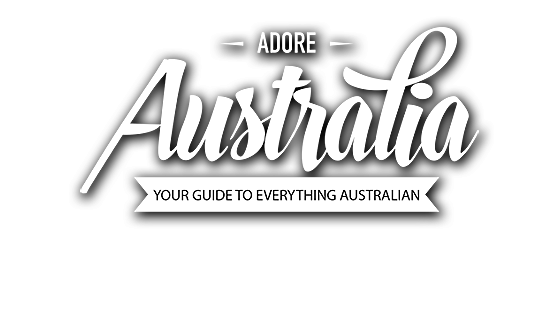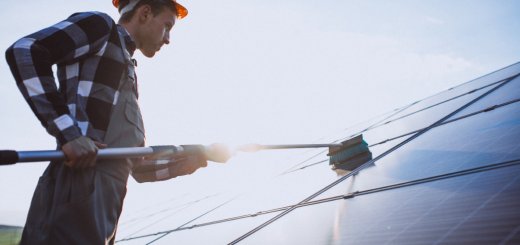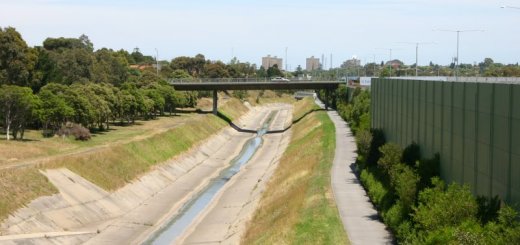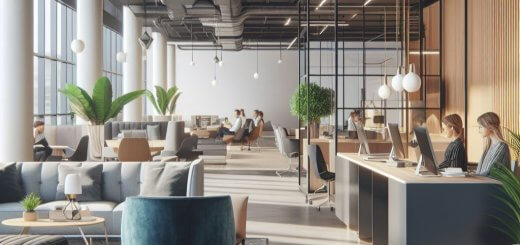Presenting your house the right roof shape and type is way more challenging that many might imagine. But, if you are across all kinds of roof shapes and types, that can suit your homes, things might turn out towards the brighter sides shortly. Each roof has its own share of pros and cons, which you need to know. Mainly because of the vast topography, your house is in need of different types of roofs, depending on which part you reside in and how the climate varies over there.
However, there are so many things that can affect the roof apart from climate. It depends on the type of building materials available in the area, the purpose of building and more. So, be sure of the types of roofing shapes available here first.
Hipped or hip roofs:
As suggested from the name itself, hip is a type of cool roof, but in reality, it is the actual roof type which comes with four faces. Any roof, angling down to wall externally is termed as a hip roof. It is one of the most popular roofing shades in all over areas.
- This kind of roof provides greater resistance and will offer shady eaves.
- Moreover, it offers amazing strength all the time, especially during hurricanes and bad weather.
- The only con with this kind of roof is that it involves a lot of costs, labour and time in the building.
Gabled roof:
These roofs are mainly triangular in shape and it helps them to get identified from a distance. Sometimes, these roofs are also used with a pair of a hip roof for increasing visual appearance of the place. Gabled roof mainly uses parallel rafters in a set of two, attached well to the trusses and meeting at ridge board.
- This kind of roof can shade water and snow easily. It can further allow some more ventilation mainly because of the shape involved.
- It is cheaper and easier to build many other roofing shapes through gabled ones. It offers generous space for an attic.
- Under the cons, this kind of roof is not that suitable for bad weather or for high windy areas. Moreover, materials can peel off right away if bad weather hits.
Time for the flat roofs:
As you might have probably guessed from the name, these roofs are flat in shape. They have minimal pitch only, which helps in providing water and drainage run-off smoothly. Mostly the industrial and commercial buildings will go for these flat roofs. At some point, even the residential structures in lesser rainfall areas might have these roofs.
- The flat structure of these roofs helps in allowing extra space to be used for patio, roof garden and extra penthouse room.
- It is rather a very conductive design, which helps in installing solar panels well. Moreover, when compared to pitched roofs, these ones are rather cost-effective and easy to build.
- You will need less materials and even time for building these roofs.
- However, these roofs are way more prone to water leak issues and not quite suitable for areas receiving heavy downpour or snowfall.
- This form of roof needs more maintenance, repair costs and replacements during the long run.
Other variations for you:
Apart from the roofs already mentioned, you have skillion roofs, butterfly and even green roofs to choose from. Make sure to go through each one of them and their separate features. Once you are sure of that, picking up the right roof shape for you, based on your demographic won’t be that tough of a deal to make. It is easier to let experts help you with the choice or roof shape selection.











